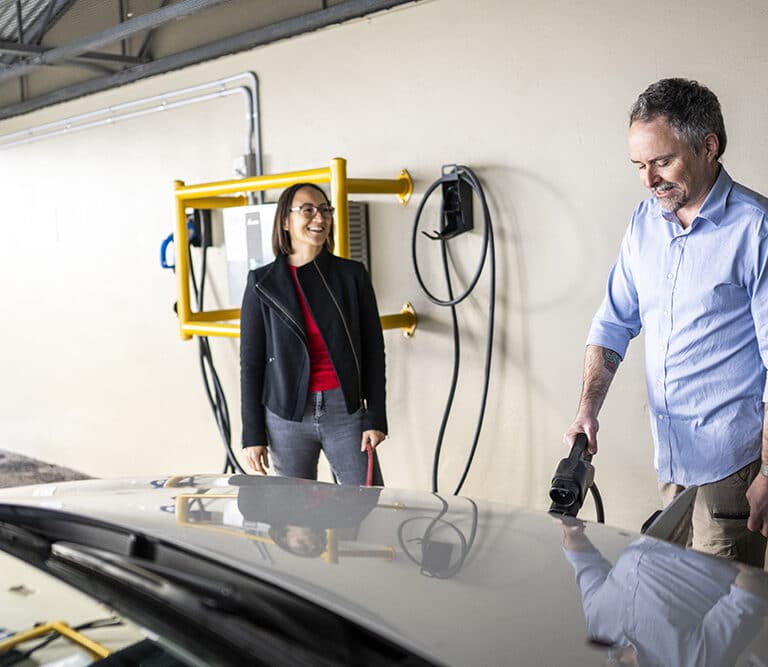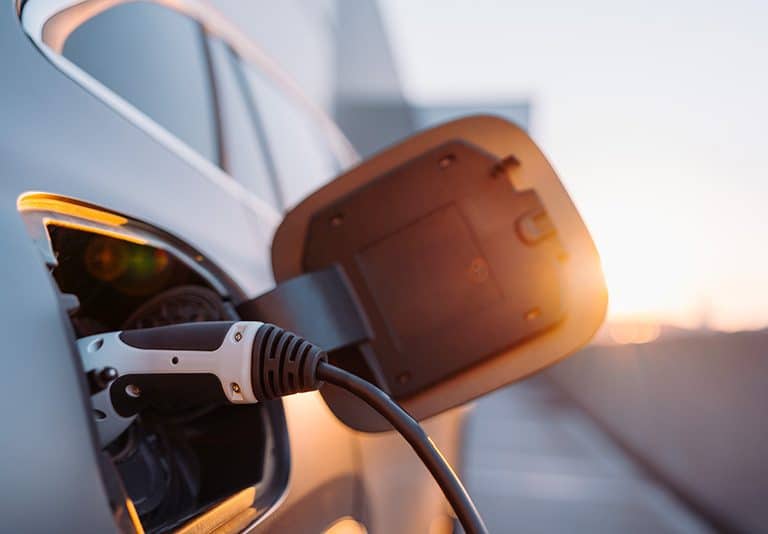FAQs
Have some unanswered questions about EV charging stations?
Each property operates differently depending on how individual and community expenses are managed. Typically, the tenant would be responsible for the EV Charging unit and connection cost. The cost of the unit varies depending on the charging time requirements. The Body Corporate would in most cases be responsible for providing the infrastructure from the electrical source to the point of connection.
As Electric Vehicles (EVs) do not represent a large majority of end users at present, installing 2-6 EV Chargers such as the Wall Mounted single phase should be adequate for immediate use. However, if not carefully planned as EVs gain popularity, upgrading your existing electrical infrastructure could potentially become an expensive exercise. We recommend that an inspection is made to assess what would be required to cater for this future electrical demand.
There are two options here to consider. The first option is to have each EV Charger separately metered for each corresponding unit and therefore the cost of the electricity is added to the tenant’s normal bill. Using – using the Smart EV Charger combined with a Load Management System allows the Body Corporate to measure each individual car space. The second option would be to implement a charge as you pay through a third-party charge provider. Both processes are easy to implement and EVIAM can assist you with the various options.
We are here to provide our in-depth knowledge along the way to ensure you do not overcapitalise or have to re-upgrade your facility due to a lack of forward planning.
Yes! With the Schneider Smart EV Chargers and Load Management System, the chargers can work to optimise the electrical load on the building and can also be set and reduced at certain times of the day.
Selection of the most appropriate charging facility comes down to the user needs and type of facility. For example, a Service Station would typically use a DC Fast Charging unit – these are at the higher end of the market and designed to charge the car up in a short time. Alternatively, a shopping centre might be better suited to a solution which charges a vehicle within 2 hours, therefore not requiring as much energy and are less expensive than a fast charger.
What needs to be assessed and considered is the best fit-for-purpose solution for the short and long-term outlook. Over capitalising now may not be the best solution and may end up costing more in the long run.
Latest articles
From recent case studies to technology news and general tips, learn more about EV charging in Australia.
Book a site visit
Want to know more about what your building needs?
Schedule a free on-site inspection with one of our technicians.


